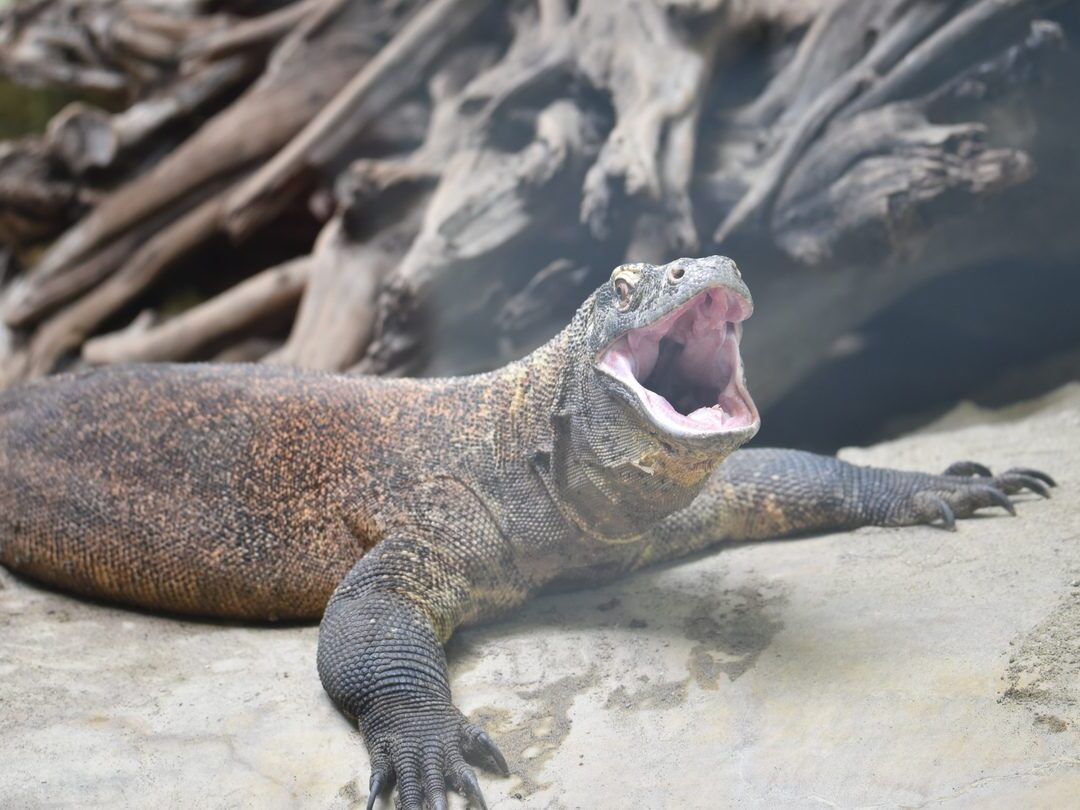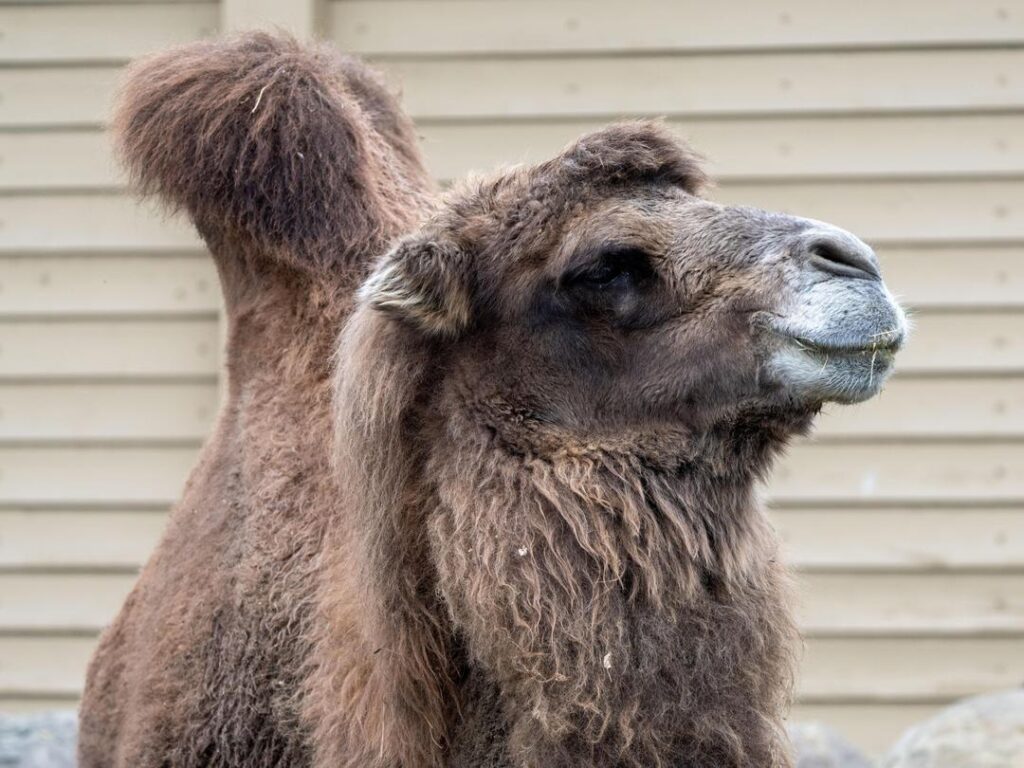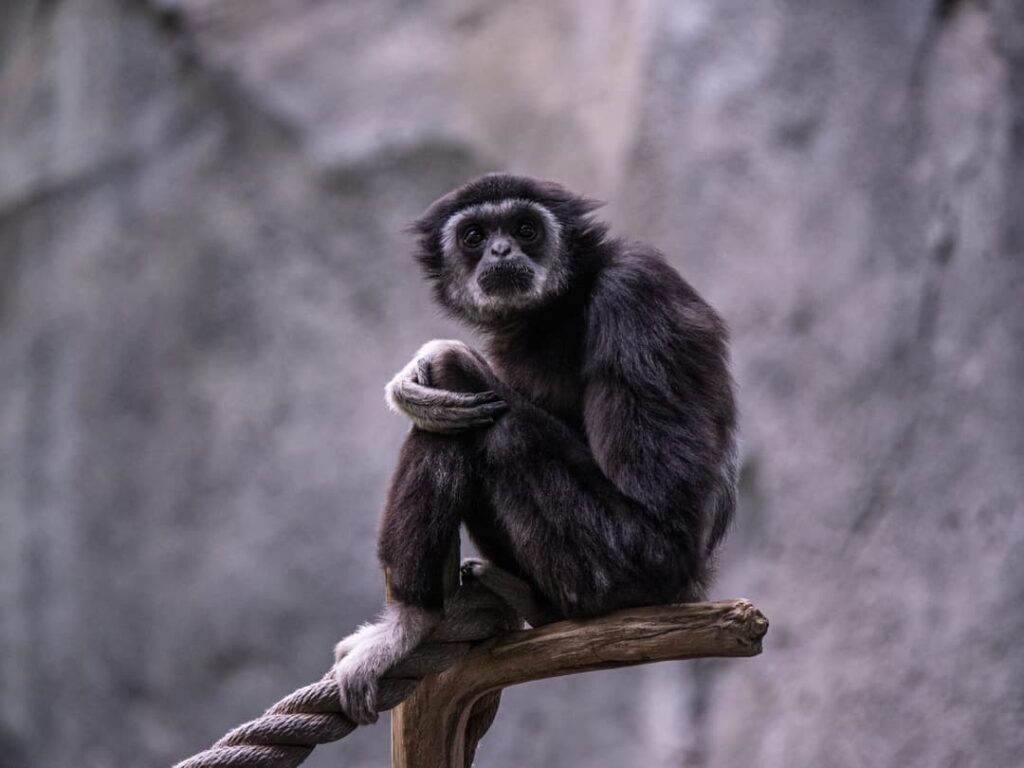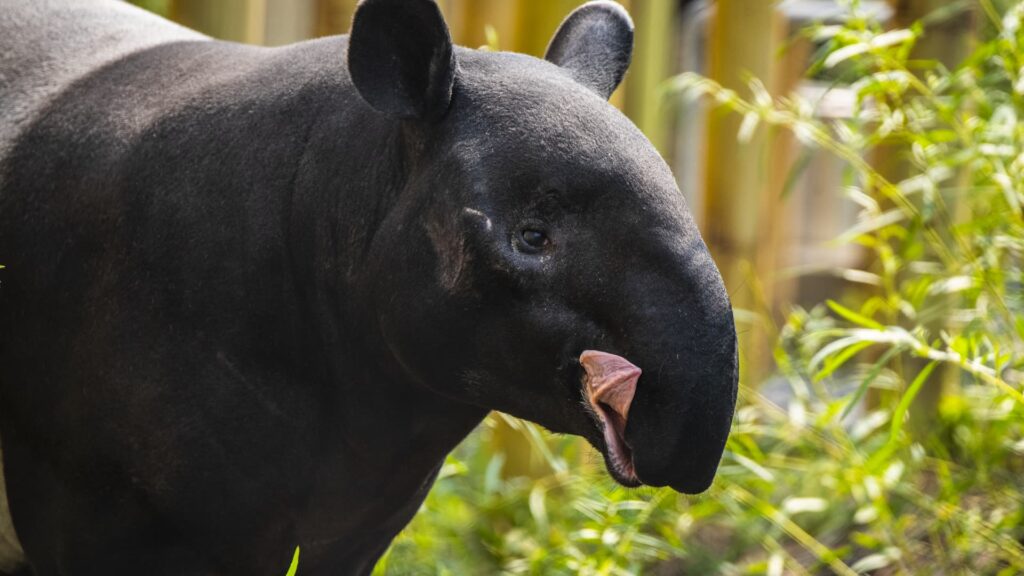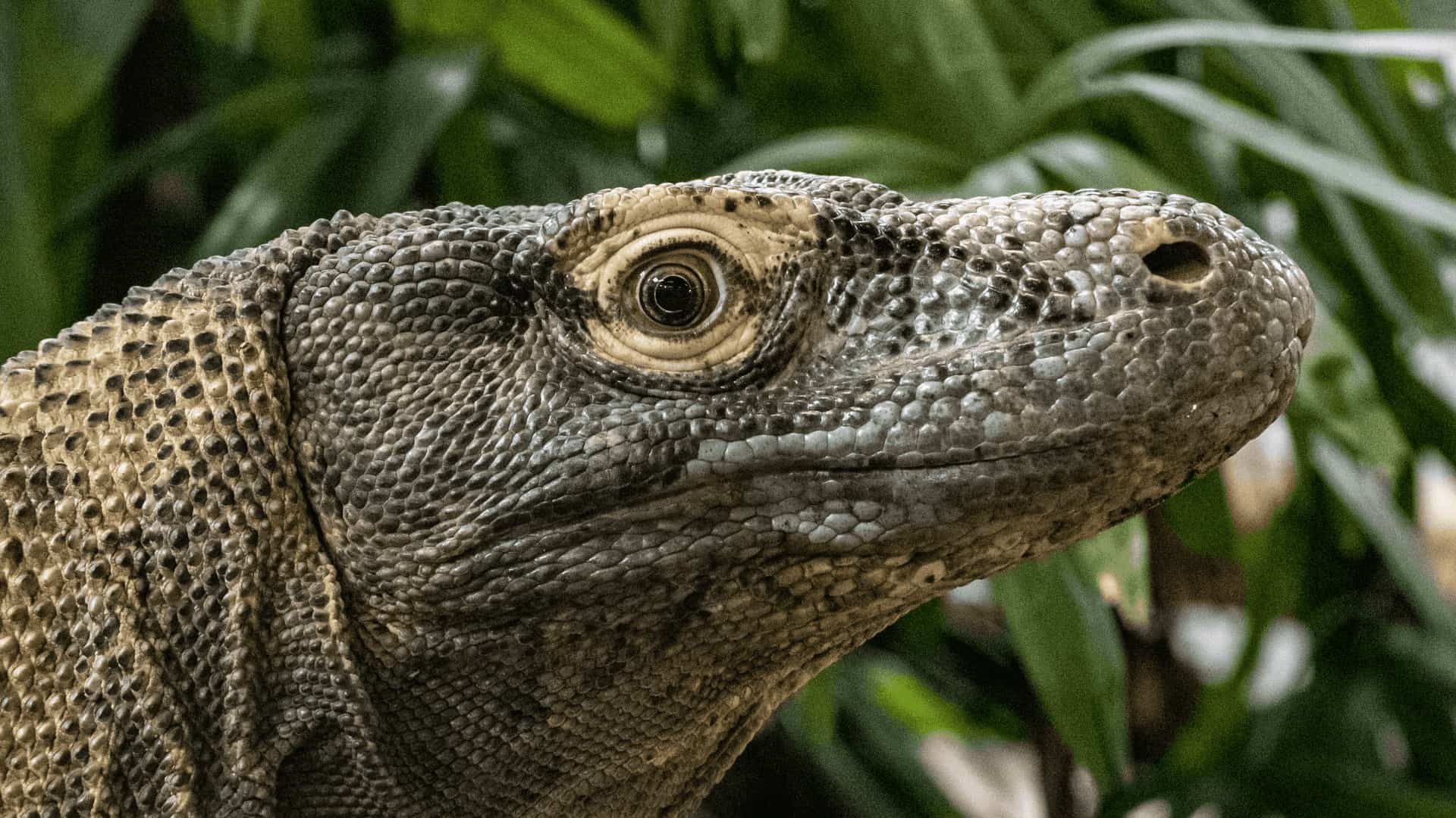
Komodo Dragons
Built to be a predator
Komodo dragons are the world’s largest lizards, but that doesn’t mean that they aren’t stealthy, often waiting for hours to ambush their prey. Their bite isn’t just deadly because of their sharp, serrated teeth but also because of their venom, which gradually kills the prey over several days. With their long, forked tongues, Komodo dragons can taste and analyze the air to detect the presence of prey.
- IUCN Red List Status: Endangered (at very high risk of extinction in the wild)
- Type: Reptile
- Habitat: Islands of Indonesia
- Diet: Carnivore – deer, pigs, and water buffalo
- Size: Up to 3 metres long
- Weight: 68 kilograms
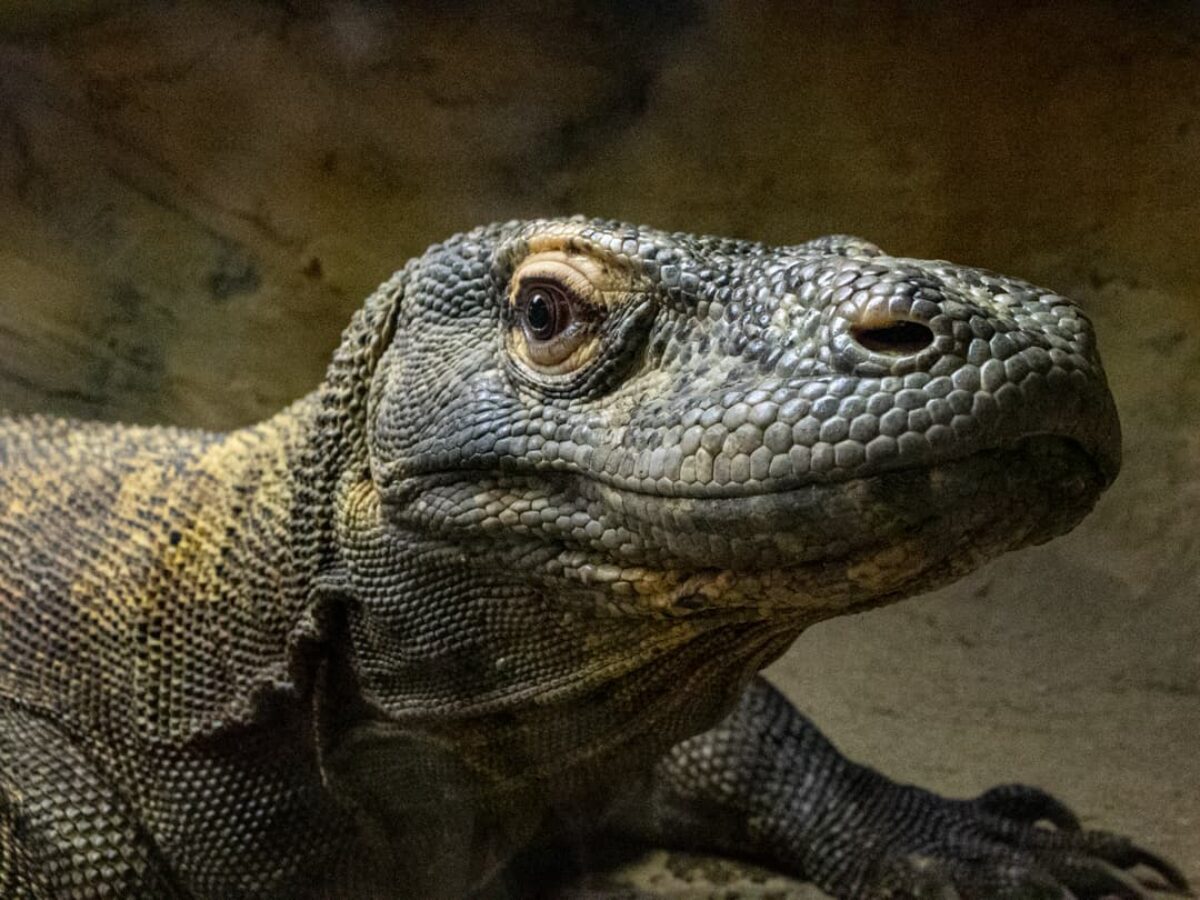
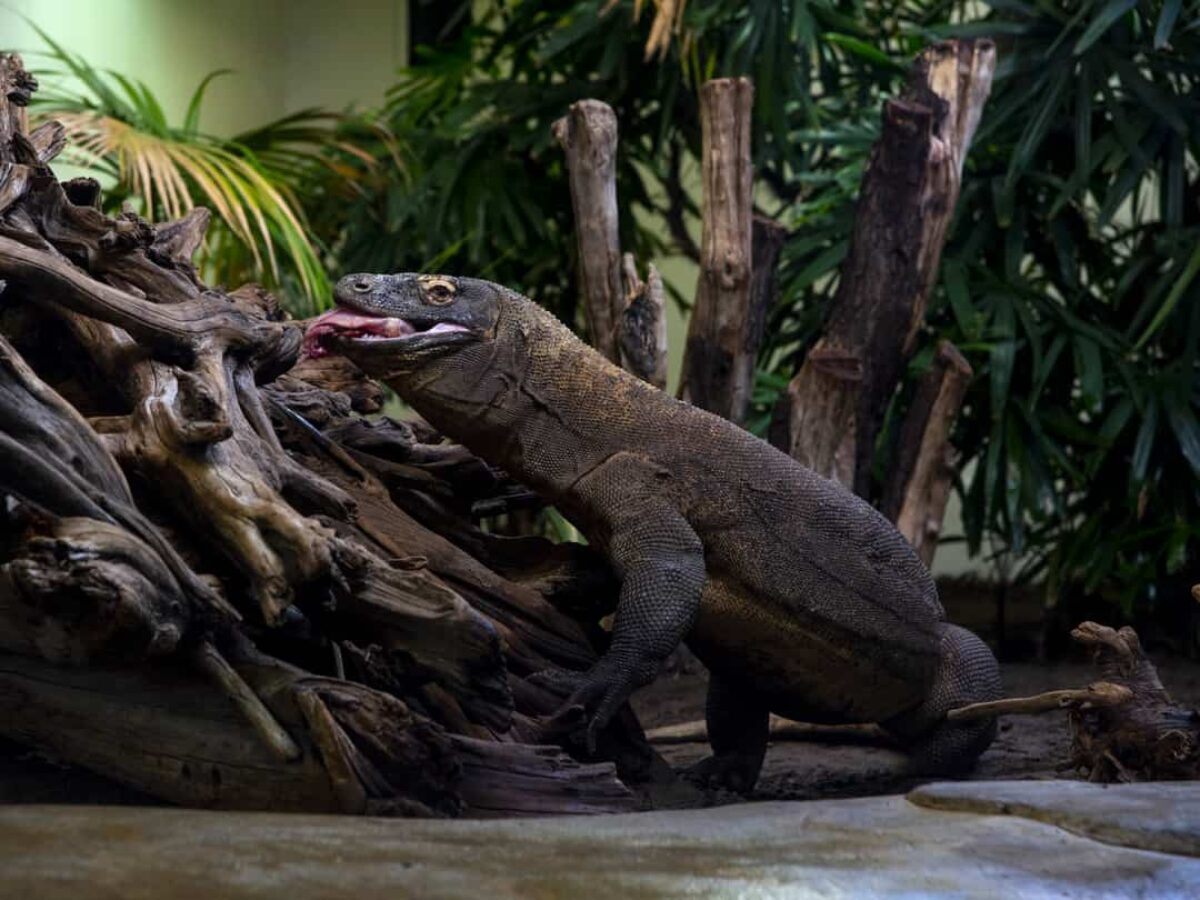
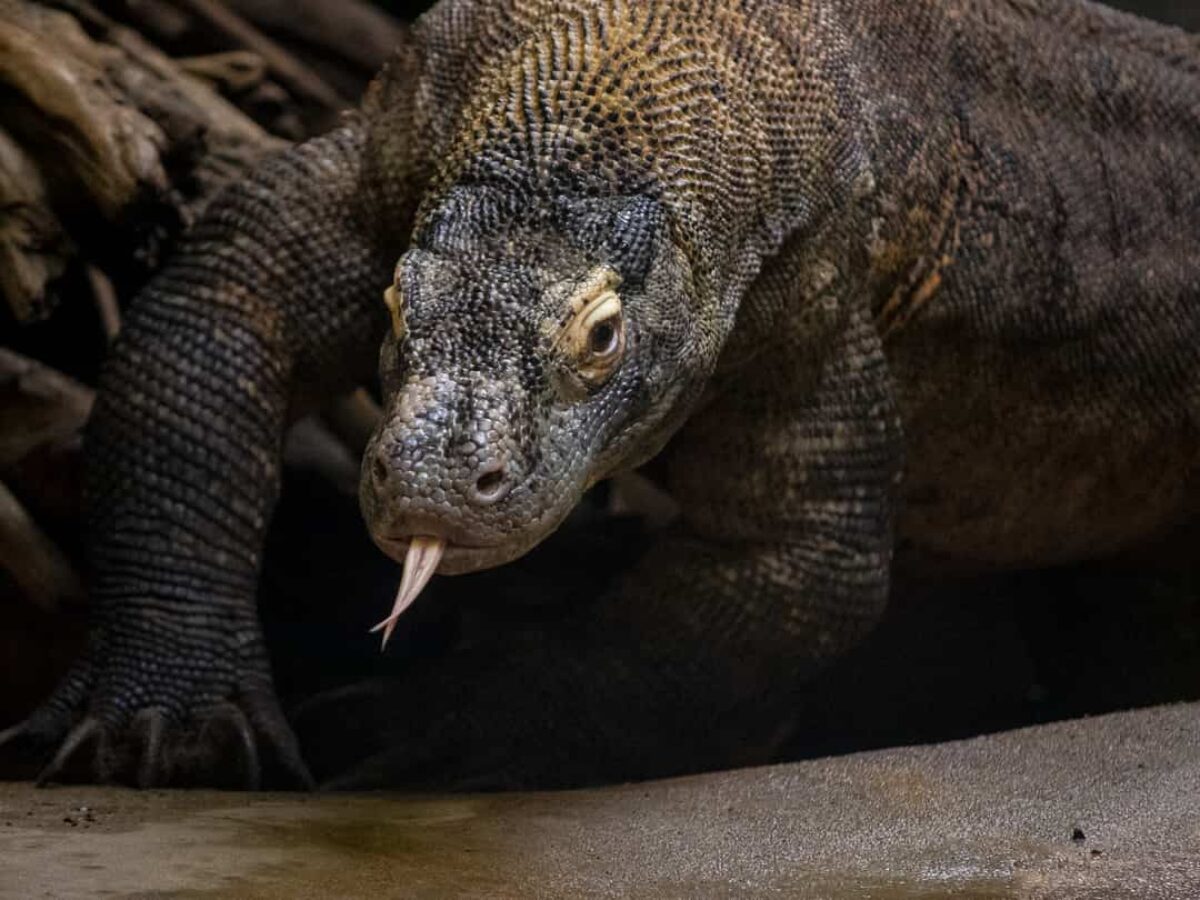
facts about our animals
Fun Facts about Komodo Dragons
Komodo dragons are carnivores and will eat any meat, including carrion and even smaller dragons.
Females can lay up to 30 eggs at a time, and in the absence of a male, may reproduce asexually.
As ambush hunters, Komodo dragons rely on camouflage and patience, waiting for prey to come within striking distance before attacking. They are capable of taking down and killing animals as large as a water buffalo.
If a prey animal escapes, the Komodo dragon’s venom can lower blood pressure and prevent the blood from clotting, causing the prey to weaken, go into shock, and slowly bleed out.
Komodo dragons can eat up to 80% of their body weight in a single feeding.
When threatened, a Komodo dragon can vomit to reduce its body weight and escape quickly.
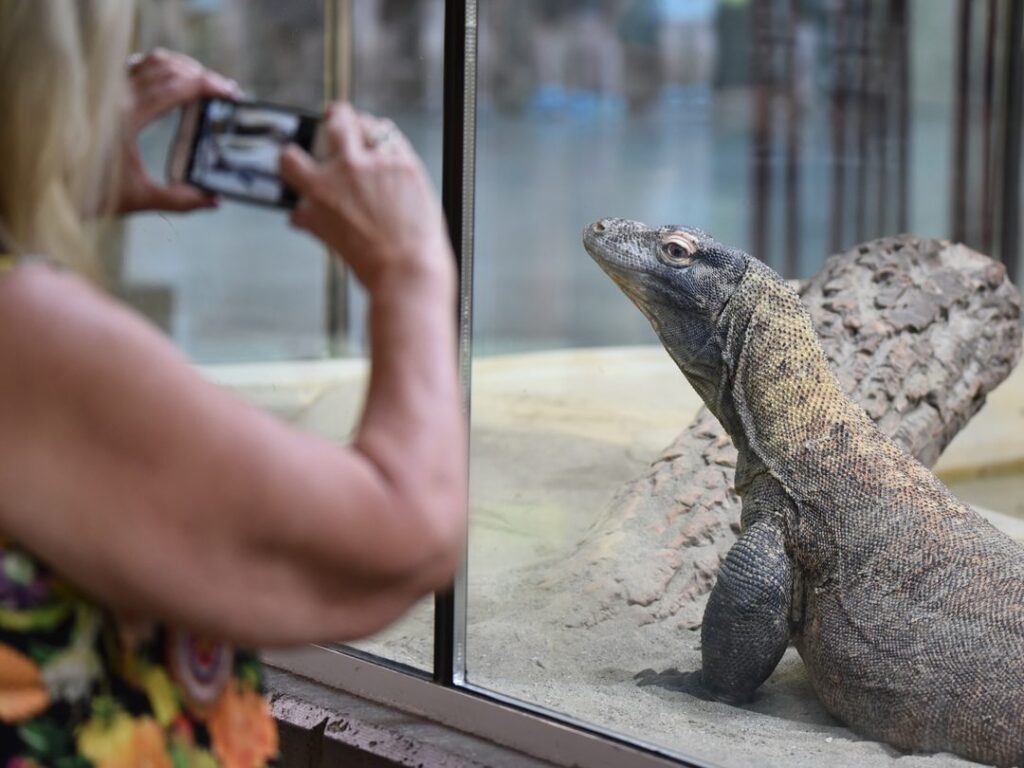
Donate
How you can help
Your donation makes a world of difference. With support for animal care, conservation programs, and education, you’re making the world wilder.
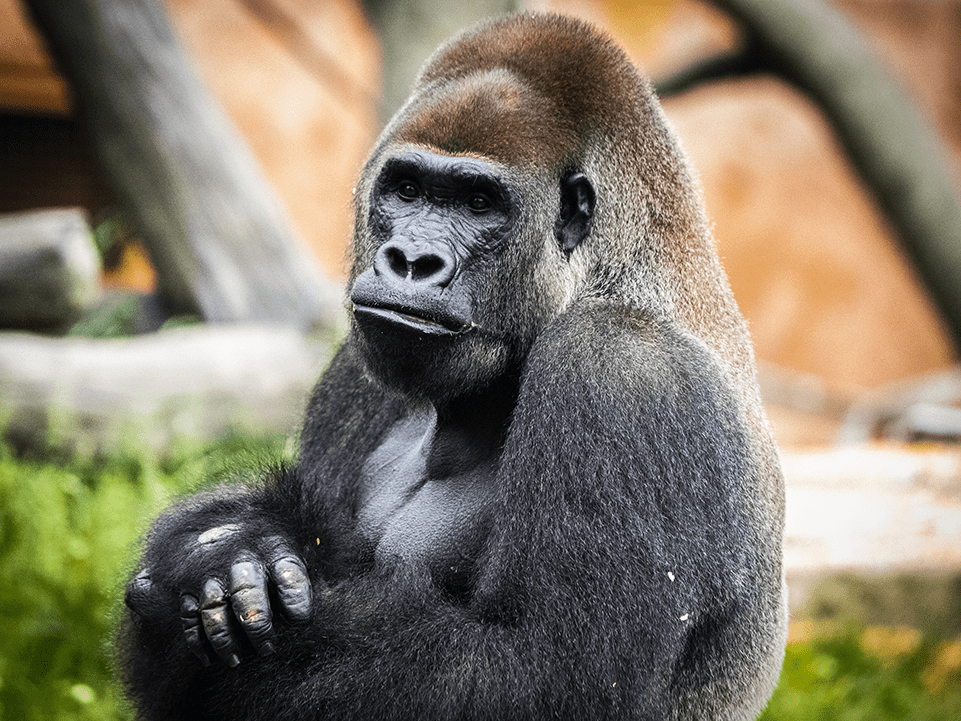
Plan Your Visit
Get close to wildlife
It’s time to make some memories. Here’s everything you need to know to plan an unforgettable day at the zoo.

